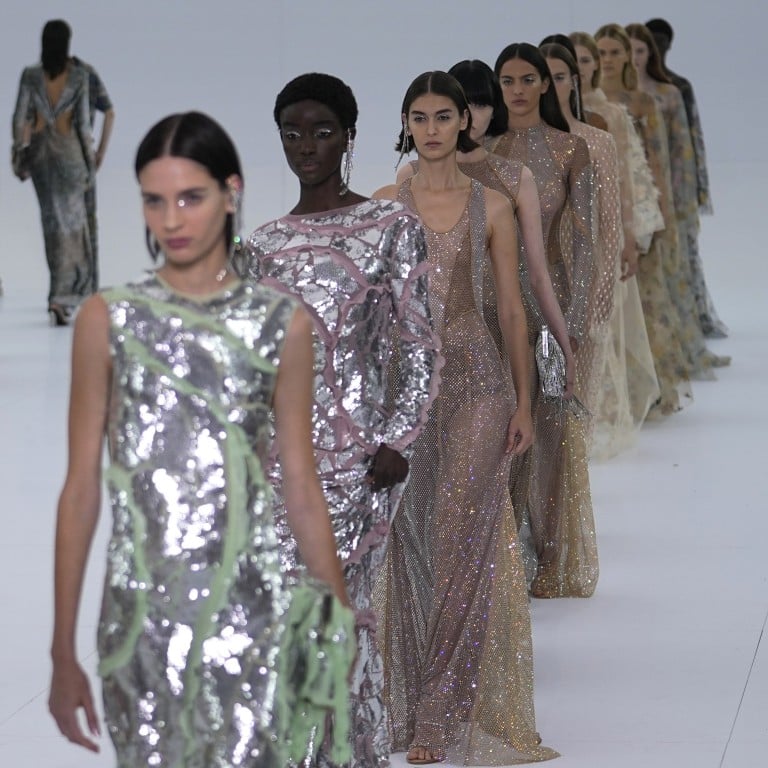Eastern Wear Pakistan: Necessary Closet Parts for every single Style Fanatic
Open the Keys of Classic Eastern Wear
Checking out the enigmatic world of classic Eastern wear looks into a realm where history, culture, and artistry converge to develop garments that go beyond mere fabric and string. The intricate tapestry of tradition intertwined with contemporary components offers a glimpse into a globe where every stitch tells a story, every motif a sign of importance. Introducing the secrets behind these developments introduces a tapestry of heritage waiting to be deciphered, welcoming one to trip with the heavenly elegance and aura of Eastern style.
Background of Eastern Style
The history of Eastern style dates back centuries, reflecting the abundant social heritage and customs of varied areas throughout Asia. Each region boasts its one-of-a-kind styles, fabrics, and designs that have actually been affected by elements like environment, religion, social status, and trade paths. eastern wear pakistan. The detailed silk garments of China represent elegance and sophistication, while the vivid saris of India showcase a kaleidoscope of patterns and shades.
In Japan, the robe has actually been a symbol of tradition and refinement for generations, with different designs put on for various occasions. The history of Eastern fashion is a tapestry of technology and tradition, blending ancient methods with modern-day influences to create an ever-evolving and dynamic industry.
Importance of Typical Clothing
Traditional attire serves as a social symbol, embodying the worths, ideas, and heritage of communities in Eastern societies. eastern wear pakistan. These garments are not merely items of material however are symbolic depictions of the abundant history and customs gave via generations. In Eastern societies, typical clothing plays a substantial role in ceremonies, festivals, and daily life, reflecting the social status, local associations, and also marriage condition of individuals
The importance of conventional outfit surpasses appearances; it is a way for individuals to link with their roots and express satisfaction in their cultural identity. Each garment, from the elaborate sarees of India to the flowing hanboks of Korea, carries with it a story of craftsmanship, significance, and meaning that is deeply ingrained in the textile of culture.
Additionally, standard clothing offers as a visual language, connecting tales of unity, accomplishment, and resilience. By wearing these garments, individuals not just honor their heritage yet also add to the conservation and celebration of their social tradition.
Evolution of Eastern Embroideries
Eastern embroideries have a rich history that spans centuries and have actually continually evolved to integrate varied cultural impacts and react to changing imaginative trends. The advancement of Eastern embroideries can be traced back to old civilizations where intricate layouts were hand-stitched onto materials using typical methods.

Today, Eastern needleworks remain to develop, mixing typical workmanship with modern-day design sensibilities to create timeless pieces that commemorate the charm of social diversity and creative advancement.
Lavish Fabrics in Eastern Put On
Elegant textiles play a pivotal role in boosting the visual allure and quality of Eastern wear, boosting the total appeal and elegance of traditional garments. Eastern wear is renowned for its opulent fabrics that not only mirror the area's rich social heritage but also indicate sophistication and elegance. Silk, a fabric synonymous with luxury, is often made use of in crafting Eastern clothes, passing on a lustrous luster and a soft, smooth appearance. The great threads of silk not just drape beautifully but additionally include a touch of extravagance to clothing.
In addition to silk, fabrics like brocade, velvet, and chiffon are also look at this website typically included in Eastern wear. These luxurious fabrics not just boost the visual appeal of Eastern wear but also guarantee a sense of refinement and class that goes beyond time.
Incorporating Eastern Style Today
In modern fashion landscapes, the assimilation of Eastern affects offers an unified blend of social heritage and modern appearances. Developers and style fanatics alike are welcoming the abundant tapestry of Eastern fashion, integrating standard aspects into modern silhouettes and styles. From elaborate embroidery to dynamic colors and elegant materials, Eastern fashion today offers a diverse series of choices that accommodate an international target market.
One means Eastern fashion is making its mark in contemporary closets is via the adjustment of conventional garments such as the robe, saree, or qipao into everyday wear. These items, as soon as scheduled for special occasions, are currently reimagined in even more casual forms, permitting for their unification right into day-to-day style choices. In addition, using conventional patterns and themes in Western-style apparel adds a touch of unique sophistication to contemporary outfits.

Verdict
To conclude, discovering the rich history, value, and development of Eastern style introduces an ingrained connection to heritage and worths. The extravagant materials and complex needleworks of Eastern wear display the versatility and eternity of standard designs. Incorporating Eastern affects in contemporary style enables for a blend of custom and technology, creating an unified balance in next page between the past and today.
Extravagant fabrics play a crucial duty in elevating the visual appeal and high quality of Eastern wear, enhancing the total allure and class of traditional garments. Developers and style enthusiasts alike are welcoming the rich tapestry of Eastern fashion, including conventional aspects right into modern silhouettes and designs. From intricate needlework to lavish fabrics and dynamic shades, Eastern style today offers a diverse array of alternatives that cater to a worldwide target market.
One way Eastern fashion is making its mark in modern closets is through the adaptation of conventional garments such as the kimono, saree, or qipao right into day-to-day wear. The elegant materials and complex needleworks of Eastern put on display the flexibility and eternity of traditional designs.